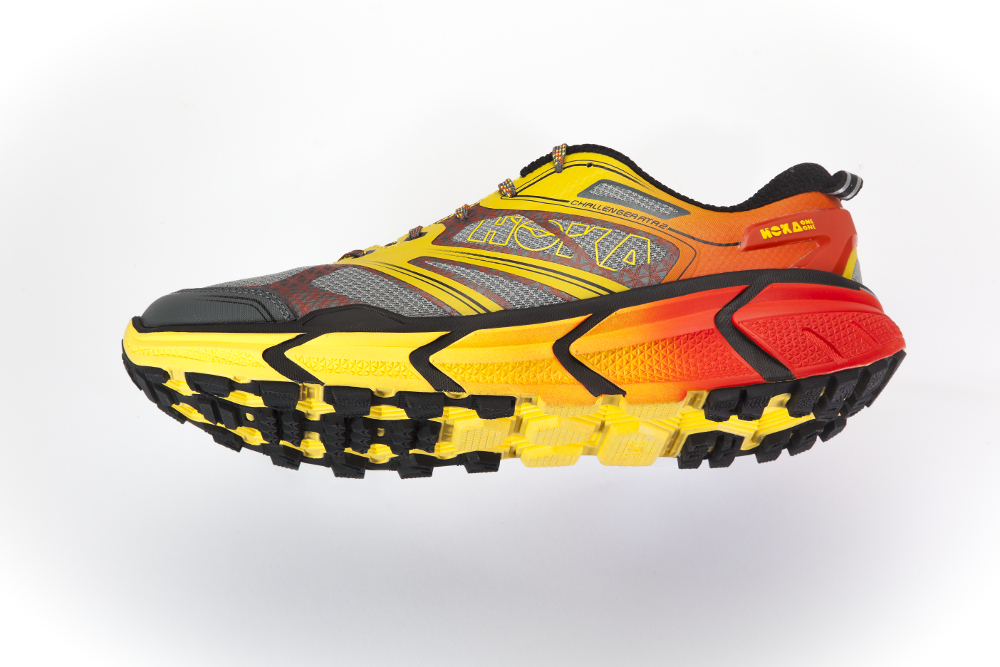Can extreme-cushioned shoes make you a better runner?
A new study out of the University of Nevada, Las Vegas examines whether extreme-cushioned running shoes can improve a person's running economy.


In line with the recent trend towards extreme-cushioned running shoes, researchers at the University of Nevada, Las Vegas (UNLV) examined how, and if, more-cushioned shoes affect a person’s running economy.
The study aimed at determining “the effect of wearing extreme cushioning shoes on running economy at different speeds and inclines.” Keep in mind that the subject pool was small.
The maximalist running shoe has become increasingly popular of late, not long after the minimalist running shoe craze of the mid-2000s with the then-release of Nike Frees, a line of footwear designed to mimic barefoot running. The dominance of East Africans in the international running community and their tendency to run barefoot at a young age only helped fuel the desire for minimalist shoes.
RELATED: The 2016 trail shoe guide: Light and fast for all terrain.
As The New York Times describes, maximalist shoes can have upwards of two to three times more cushioning than its neutral running shoe counterpart. John Mercer, a professor at UNLV and lead author on the study, says that both trends emerged for the same reason: to help prevent running injuries.
Ten experienced runners were given one of two sets of shoes: Neutral Adidas shoes with AdiPrene cushioning or Hoke One One Bondis, a maximalist shoe with plenty of cushioning. Hoke One Ones are one of the more popular brands that offer super-cushioned shoes.
RELATED: New study: The use of this dollar item may solve your blister problems.
The group of 10 then took to the treadmill and did eight- to 10-minute sessions at three varying paces and at two different inclines over a two-day span. VO2 max – maximum oxygen consumption – was recorded during each and the researchers found that although VO2 max understandably differed with pace and incline, the shoes did not have an effect on a runner’s economy.
Measurements of VO2 max were used as a basis of measuring running economy.
RELATED: Harry Potter actress trades in wizard’s wand for running shoes at NYC Half.
The study concludes by saying that “it seems that the cushioning of the shoe – extreme vs. regular – play no role in the influence of running economy.” The Miles A. Mercer, Tori Stone, Jack Young and John Mercer findings were presented at the American College of Sports Medicine meeting in Boston on June 1.


